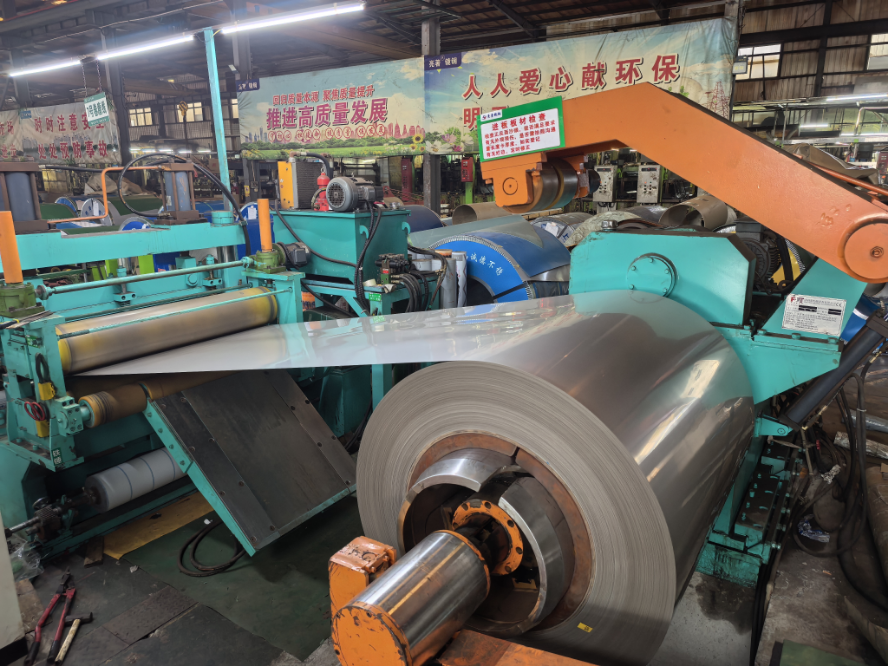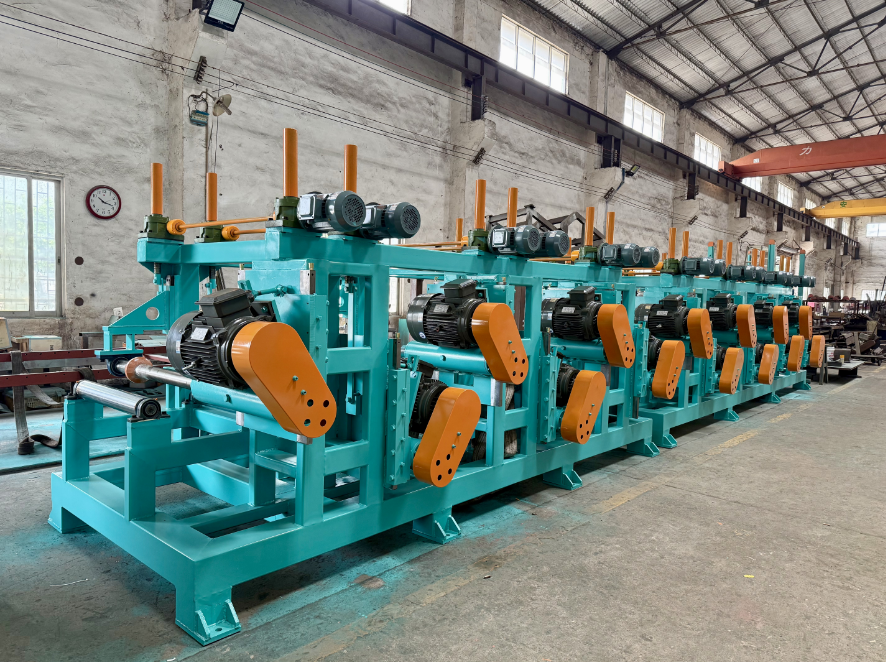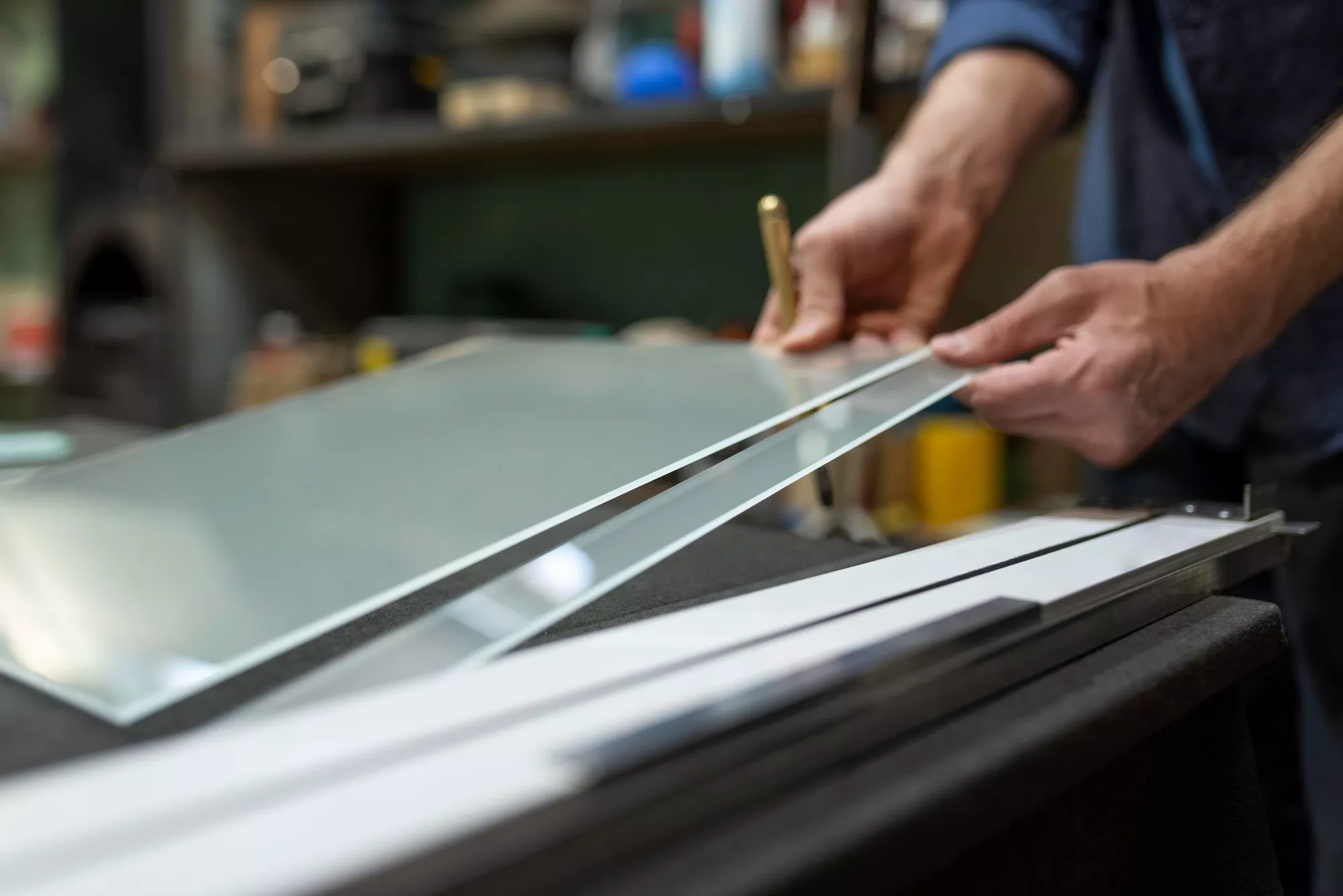Do You Know How to Get the Best Results from a 6k Double Side Polishing Machine?
You get the best results from your 6k double side polishing machine when you clean it well, set it up carefully, and take care of it often. These steps help your machine work well and stay safe. When you do things the right way, you keep your equipment safe and make your product better. Watch your daily routine closely and fix small problems fast. This way, your machine works well every time.
Key Takeaways
- Clean your 6k double side polishing machine before you use it. This helps stop scratches and keeps it working well.
- Set the right speed, pressure, and abrasive type for your material. This helps you get a smooth and good finish.
- Watch the polishing process closely. Fix small problems fast to save time and materials.
- Clean the machine every day. Lubricate it often. Check the parts a lot. This keeps your machine running well and stops big repairs.
- Always wear the right safety gear. Follow safety rules to keep yourself safe and work safely.

Operation Tips
Cleaning Before Use
Start with a clean 6k double side polishing machine. Dust, old abrasives, and oil can hurt your work. Wipe all parts with a soft cloth. Focus on the polishing plates and work area. Take out any trash from the trays. Make sure the air vents are not blocked. Keeping things clean stops scratches. It also helps your machine work well.
Tip: Clean the machine before each shift. This easy step stops contamination and makes your results better.
Setting Parameters
The right settings help you get the best finish. Change speed, pressure, and abrasive type for your material. The table below shows common settings and what they change:
|
Performance Metric |
Typical Range / Value |
Influencing Parameters |
|
Surface Roughness (Ra) |
Abrasive grit size, polishing duration, speed, pressure |
|
|
Gloss Level |
80–95 Gloss Units (GU) |
Polishing compound, speed, pressure control |
|
Corrosion Resistance |
Improved with coatings |
Surface cleanliness, polishing quality, pressure control |
|
Adhesion Strength |
>10 MPa |
Surface roughness, cleanliness, polishing parameters |
You can make the surface smoother by raising the speed from 500 rpm to 1000 rpm. Be careful with the pressure. Too much can harm the surface. Too little may not polish enough. Pick the right abrasive for your material. For example, a No.4 finish needs a different abrasive than a 2B/BA finish. Make sure the machine settings fit your material’s size and grade.
- Change polishing wheels to get the softness you need.
- Adjust air pressure to set how hard the machine presses.
- Use the swing system and lifting handwheel to keep polishing even as wheels wear.
Automation and smart controls on your 6k double side polishing machine help keep results the same. Always check your settings before starting a new batch.
Monitoring Process
Watch the polishing process closely. Check the surface after a few minutes. Look for an even shine and smoothness. Listen for strange sounds. These can mean a problem with the wheels or pressure. If you see uneven polishing, stop and fix the settings.
- Listen for changes in sound or vibration.
- Check the workpiece for scratches or dull spots.
- Change speed or pressure a little if needed.
Note: Watching the process helps you find problems early. Quick fixes save time and materials.
A 6k double side polishing machine works best when you pay attention and make careful changes. Checking often gives you high-quality finishes every time.
6k Double Side Polishing Machine Maintenance
Daily Cleaning
You should clean your 6k double side polishing machine every day. Dust and debris can build up fast. If you leave them, they can cause scratches or damage to your workpieces. Start by turning off and unplugging the machine. Use a soft, dry cloth to wipe down all surfaces. Pay close attention to the polishing plates and trays. Remove any leftover abrasive or slurry. Check the air vents and clear away any dust. Clean the control panel with a damp cloth, but do not let water get inside.
Tip: Make a checklist for your daily cleaning tasks. This helps you remember each step and keeps your machine in top shape.
Lubrication
Proper lubrication keeps your 6k double side polishing machine running smoothly. Moving parts need grease to reduce friction and wear. Always unplug the machine before you start. Use NLGI grade 2 grease for most bearings and gears. Apply a small amount to each lubrication point. Do not over-grease, as this can attract dust and cause problems. Check the user manual for the exact spots that need grease.
You should lubricate daily for high-use machines. For machines used less often, weekly lubrication may be enough. If you hear squeaking or see extra heat, add grease right away.
|
Lubrication Task |
Frequency |
Lubricant Type |
|
Bearing lubrication |
Daily/Weekly |
NLGI grade 2 grease |
|
Gear lubrication |
Weekly |
NLGI grade 2 grease |
|
Slide rail lubrication |
Weekly |
Light machine oil |
Note: Clean old grease before adding new. This stops dirt from getting trapped inside.
Parts Inspection
You need to inspect your machine parts often. Look for signs of wear or damage. Check the grinding wheels for cracks or chips. Worn wheels can cause poor polishing and may break during use. Inspect the motor brushes. If they look short or burned, replace them. Bearings should spin freely and feel smooth. If you hear grinding or feel roughness, change the bearings.
Lapping plates also need attention. If you see deep grooves or uneven wear, replace the plates. Check all bolts and screws. Tighten any that feel loose. Look at the power cord and switches for damage. Replace any worn or broken parts right away.
- Inspect grinding wheels and lapping plates every week.
- Check motor brushes and bearings every month.
- Replace parts as soon as you see damage.
Alert: Never inspect or replace parts while the machine is plugged in. Safety comes first.
Regular maintenance keeps your 6k double side polishing machine working well. You get better results and avoid costly repairs. A good routine helps your machine last longer and keeps your work safe.

Troubleshooting
Surface Defects
Surface defects can make your polished parts look bad. You can stop many problems by doing a few simple things:
- Keep your machine and workspace clean, especially when you change grits. Dust or leftover abrasive can scratch your workpiece.
- Make sure the polishing plates are flat and smooth. If the plates are not even, you might see marks or dips.
- Practice your polishing technique. Good technique helps you get the right finish and keeps both sides of your part even.
- Take off only a little material each time you polish. If you remove too much, new defects can appear.
- Use the right abrasive for your material. For ceramics, diamond slurry works best.
Tip: Always check your workpiece after each cycle. Finding defects early saves time and materials.
Noise and Vibration
Strange noise or vibration usually means something is wrong with your 6k double side polishing machine. Listen for grinding, rattling, or squeaking sounds. These sounds can mean a part is loose or worn out. Check these things:
- Look at the grinding wheels for cracks or chips.
- Check the bearings and motor brushes. Replace them if they feel rough or sound loud.
- Tighten any bolts or screws that are loose.
If you still hear noise after checking, stop the machine and call a technician. Using the machine with a problem can make things worse.
Inconsistent Results
If your polishing results are not the same every time, you need to find out why. First, check your machine settings. Make sure speed, pressure, and abrasive type match your material. Look at the lapping plates for wear or grooves. Replace them if needed. Clean the machine before each use to stop contamination. Also, check for worn parts and replace them right away.
Alert: Doing regular maintenance and setting up carefully helps you avoid most polishing problems. Always follow your routine for the best results.

Safety Practices
PPE Use
You need to wear the right personal protective equipment (PPE) when using a 6k double side polishing machine. PPE keeps you safe from dust, sharp edges, and moving parts. Always wear safety glasses to protect your eyes from flying pieces. Put on gloves to keep your hands safe from cuts and chemicals. Use ear protection if the machine is loud. Wear a dust mask or respirator so you do not breathe in tiny particles.
Tip: Check your PPE before you use it. Replace anything that is broken or worn out.
Here is a simple checklist for your PPE:
|
PPE Item |
Purpose |
When to Use |
|
Safety Glasses |
Protect eyes from debris |
Every operation |
|
Gloves |
Prevent cuts and chemical burns |
Handling materials |
|
Ear Protection |
Reduce noise exposure |
During operation |
|
Dust Mask |
Block fine particles |
When polishing |
Handling Materials
Handle all materials with care. Use both hands to lift heavy workpieces or ask someone to help you. Set each item down gently on the machine to stop damage. Keep your fingers away from moving parts. Use tongs or clamps for small or sharp pieces. Store materials in a safe, dry place when you are not using them.
- Always check for sharp edges before you touch anything.
- Clean up spills right away so no one slips.
- Do not rush when moving heavy or breakable items.
Alert: If you drop materials, you can break the workpiece or hurt the machine.
Following Guidelines
Follow all safety rules from the machine manual. Read the instructions before you start working. Only trained people should use the machine. Keep your work area clean and free from clutter. Turn off and unplug the machine before cleaning or fixing it. Tell your supervisor about any problems right away.
- Follow lockout/tagout steps before repairs.
- Never remove safety guards or switches.
- Keep emergency phone numbers close by.
Note: Good safety habits keep you and others safe. Always pay attention and follow the rules.
You will get great results from your 6k double side polishing machine if you follow a good routine. Clean the machine each day. Put grease on moving parts often. Check for worn parts and change them fast. Always wear safety gear and follow all rules.
These steps help you get smooth, high-quality finishes. They also help your machine last longer.
FAQ
How often should you replace the polishing plates?
You should check the plates every week. If you see deep grooves or uneven wear, replace them right away. Worn plates can cause poor polishing and damage your workpieces.
What type of lubricant works best for this machine?
Use NLGI grade 2 grease for most bearings and gears. For slide rails, use light machine oil. Always check your user manual for the correct type and amount.
Why does your machine make loud noises during operation?
Loud noises often mean loose or worn parts. Check the grinding wheels, bearings, and motor brushes. Tighten any loose bolts. Replace damaged parts to keep your machine safe and quiet.
Can you use the machine for different materials?
Yes, you can polish metals, ceramics, and glass. Always choose the right abrasive and settings for each material. This helps you get the best finish and protects your machine.
What should you do if you see scratches on your workpiece?
Stop the machine and clean all surfaces. Check for leftover abrasive or dust. Make sure you use the correct grit and pressure. Fix any problems before you start again.

